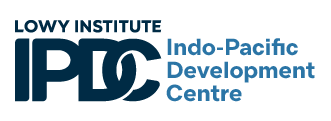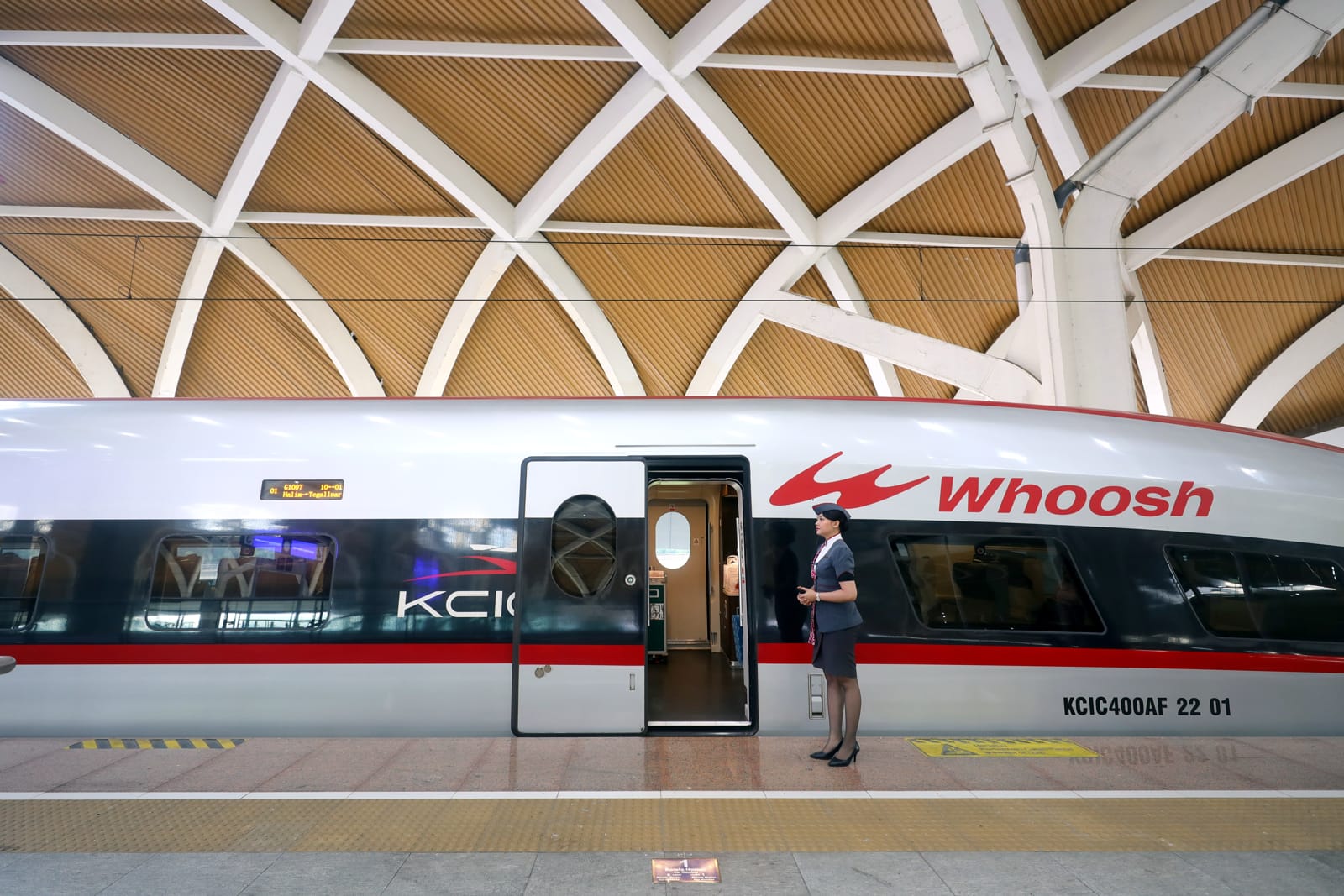News this week that Indonesia has entered debt restructuring negotiations with China over its Jakarta-Bandung high speed rail mega-project should have come as no surprise.
Indonesian officials announced publicly more than three years ago, before the rail became operational, that it would be 40 years before the project broke even. Uncertainty around a planned relocation of the capital to the island of Borneo complicated the projections for user numbers. But even as those plans lie dormant and underfunded, the head of the state-owned rail operator labelled the project a financial “ticking time bomb”.
China’s exports of its high-speed train expertise and financing packages constitute a hallmark of its offer as a development partner to Southeast Asia.
But construction in Indonesia was marred from the start, leading to a delay of four years and a cost blow-out of $1.2 billion above the original estimate. The Jakarta-Bandung was Southeast Asia’s first high-speed railway, known as Whoosh, but it is one in a series of similar China-backed projects at varying levels of completion. Officials around the region will be closely watching these negotiations.
There is precedent. In both Thailand and Malaysia, high-speed rail projects that were originally backed by Chinese loans were renegotiated and restructured after disputes about perceived debt traps and corruption. Construction on both is proceeding, but with drastically reduced reliance on finance from China.
A similar story is unfolding in the Philippines, though the problem there is arguably more political than fiscal. Three rail projects, worth an estimated total of US$5 billion in concessional loans from China, were cancelled in 2023 amid deteriorating bilateral ties.
Things are different in the smaller countries of mainland Southeast Asia. Lessons in railway debt negotiations might come too late for Laos, where a line from Vientiane to Boten on the border with China was completed in 2021. The Asian Development Bank has predicted that the project and the associated loan could “present a very large contingent liability” and deemed it “unlikely to bring major economic benefits.”
Cambodia is also eager to attract China’s support for a US$4 billion high-speed rail, despite some recent unexplained lapses in financing from Beijing to Phnom Penh.
In Myanmar, the ostracised junta is reportedly still seeking financing from China for the long-debated Muse-Mandalay railroad, part of the troubled China-Myanmar Economic Corridor. For Myanmar’s crippled and fragile economy, the risk of an unsustainable debt burden is immense.
It’s plain that the shine has not totally worn off China’s infrastructure mega-projects in Southeast Asia.
Outside of Jakarta, the keenest eyes on the restructuring negotiations will likely be in Hanoi. In February, Vietnam approved loans from China to build a new conventional railway in the north of the country. The exact amount of that financing package isn’t clear yet, but the project is estimated to cost more than US$8 billion in total.
Additionally, Hanoi’s breathless ambition for a north-south high-speed rail won’t be deterred by the astronomical bill, close to US$70 billion. Officials have, at various points in the past 12 months, sworn off and welcomed foreign funding. China appears the front-runner to supply the technology but Japan, the region’s second-largest transport provider, has also expressed interest.
Given sustained interest from Myanmar, Cambodia and Vietnam, it’s plain that the shine has not totally worn off China’s infrastructure mega-projects in Southeast Asia. But the financial floundering of the region’s first high-speed rail, in the region’s largest country, ought to prompt second thoughts.









